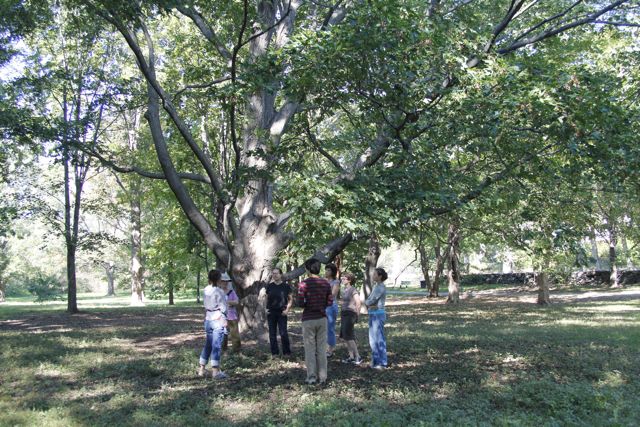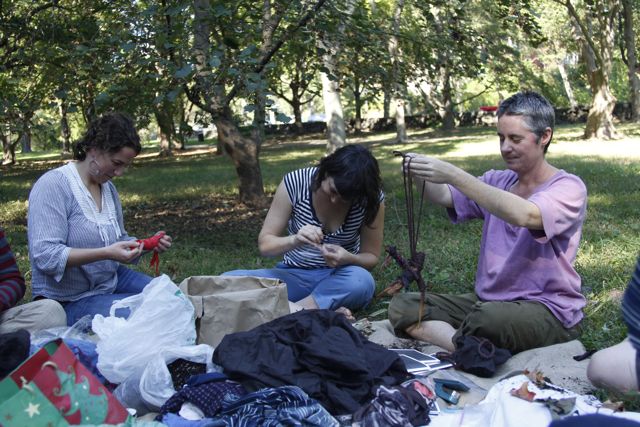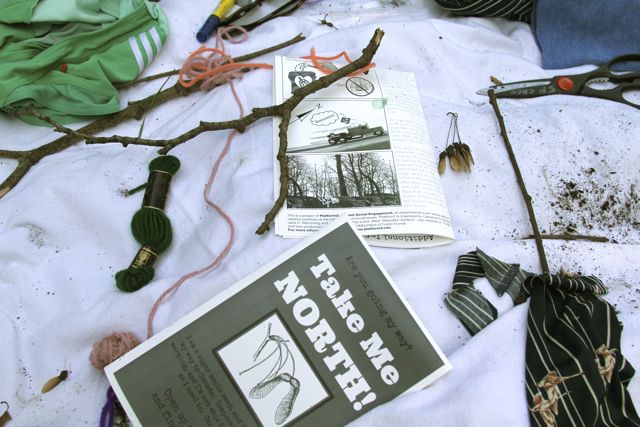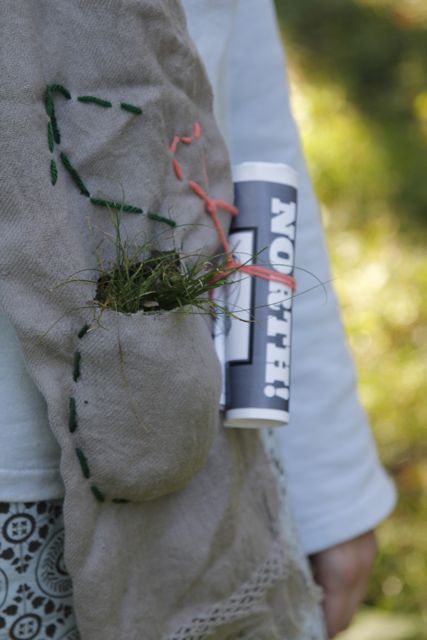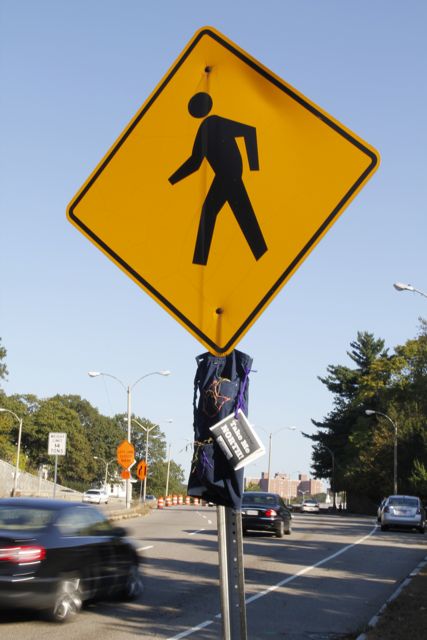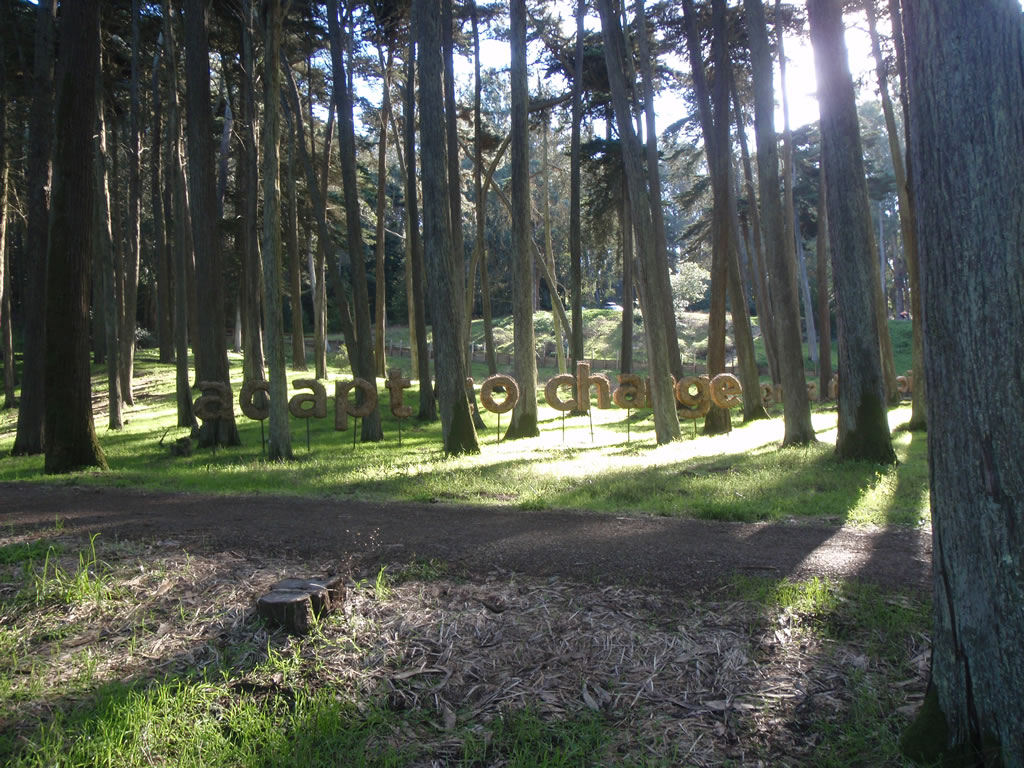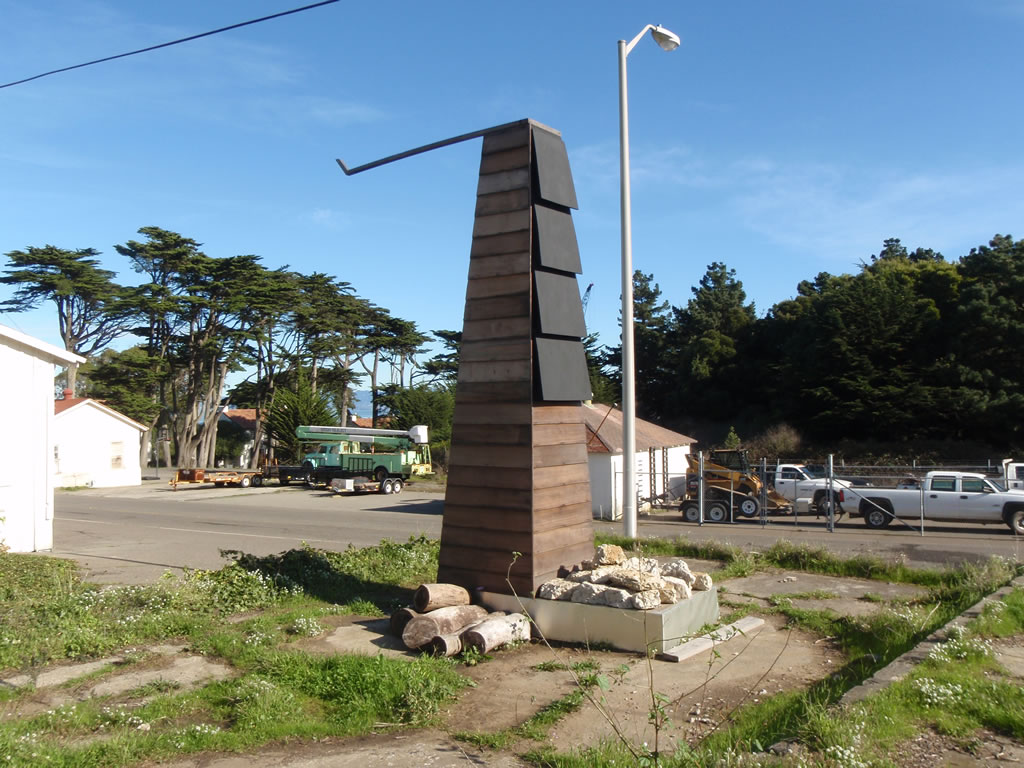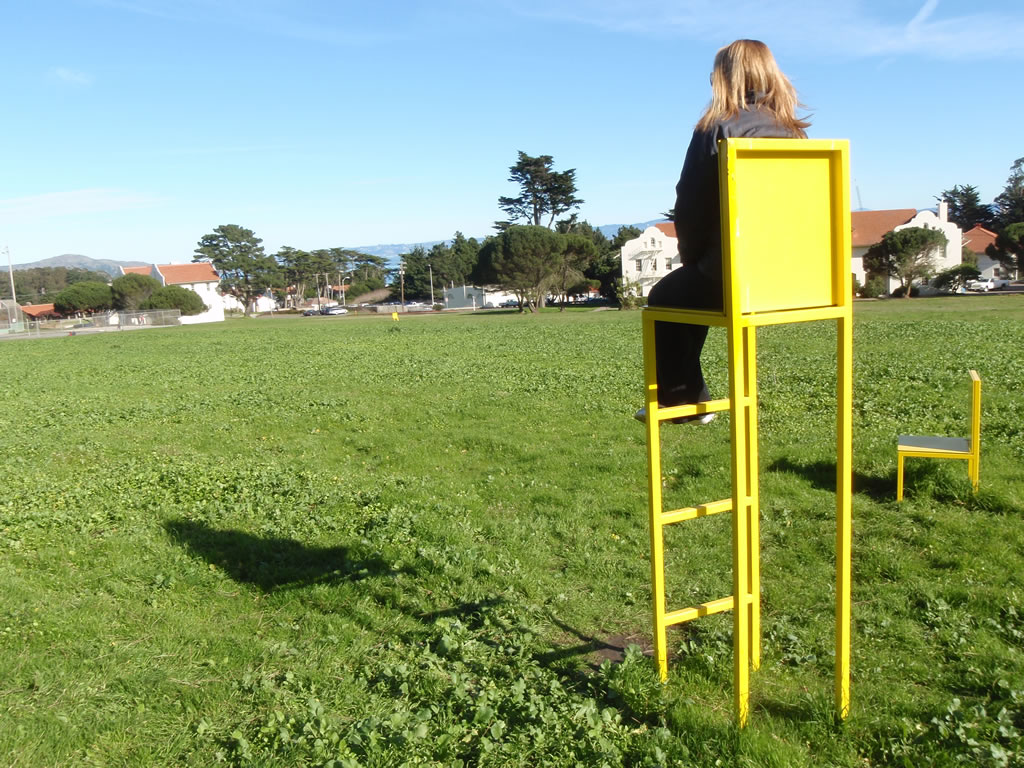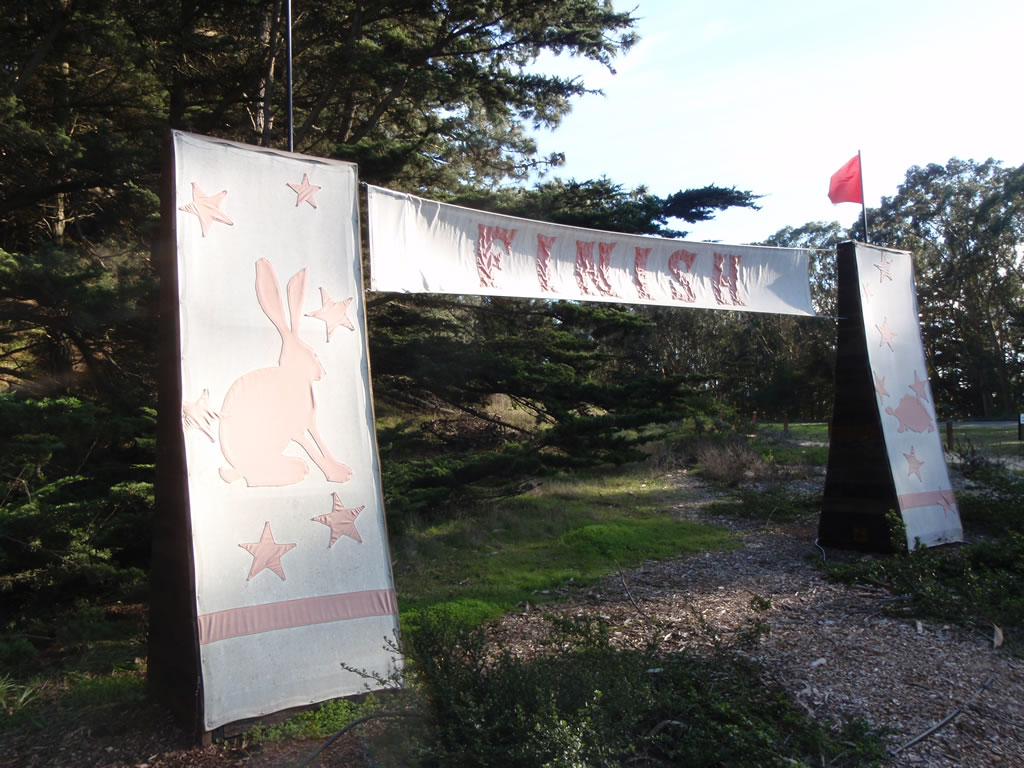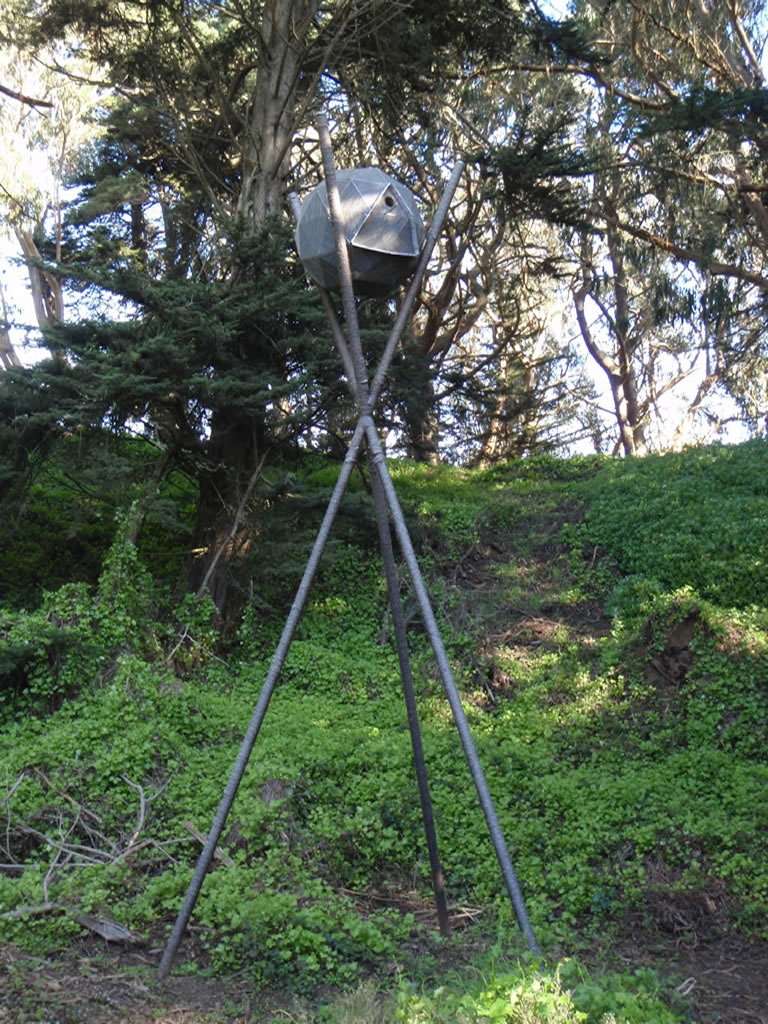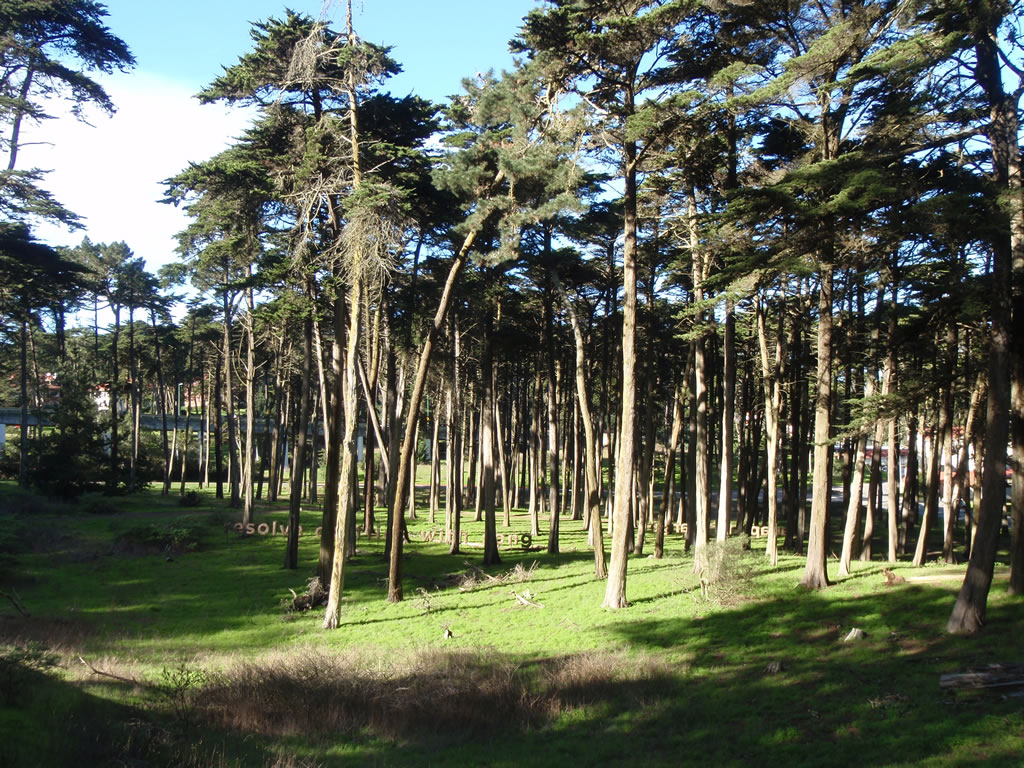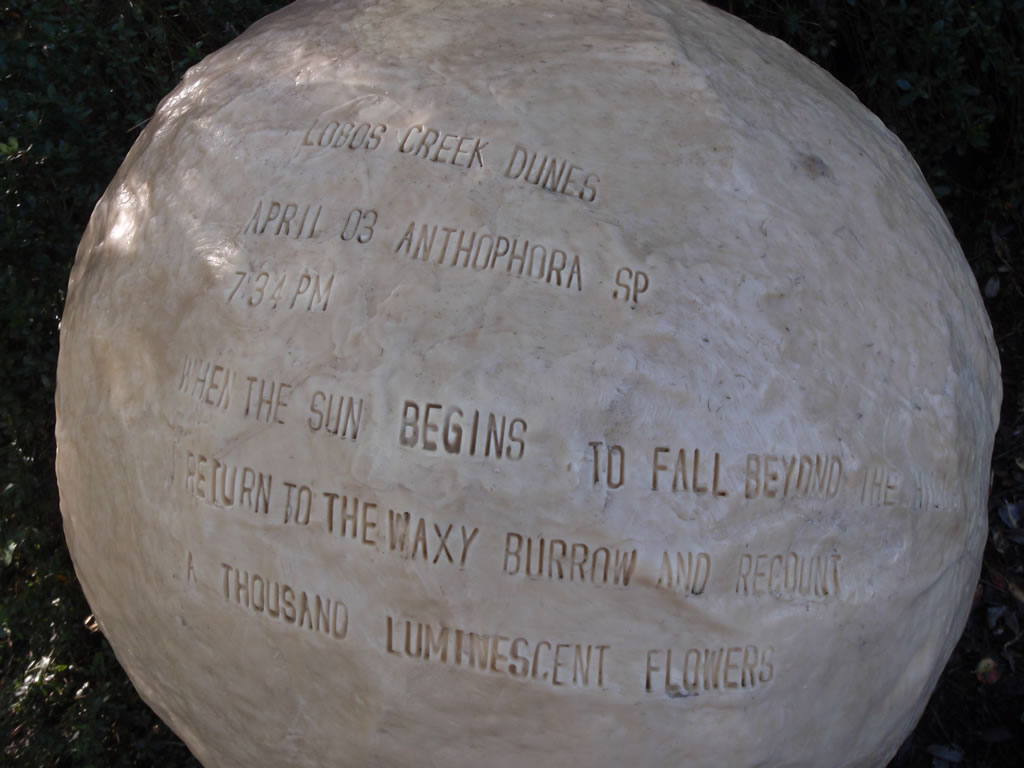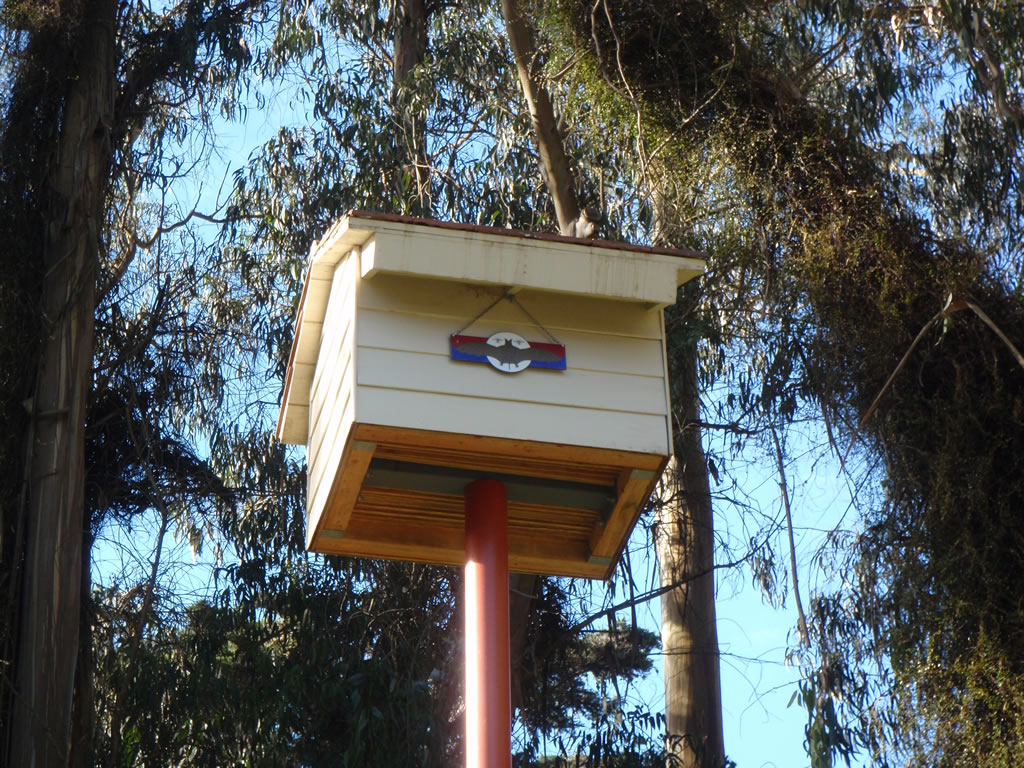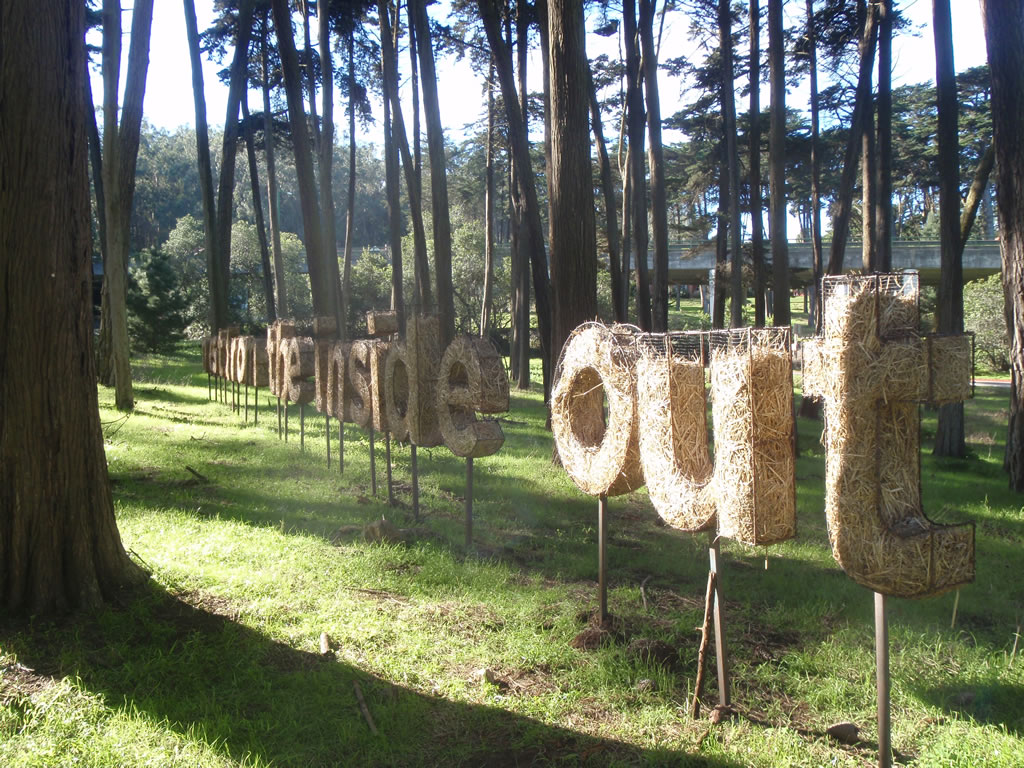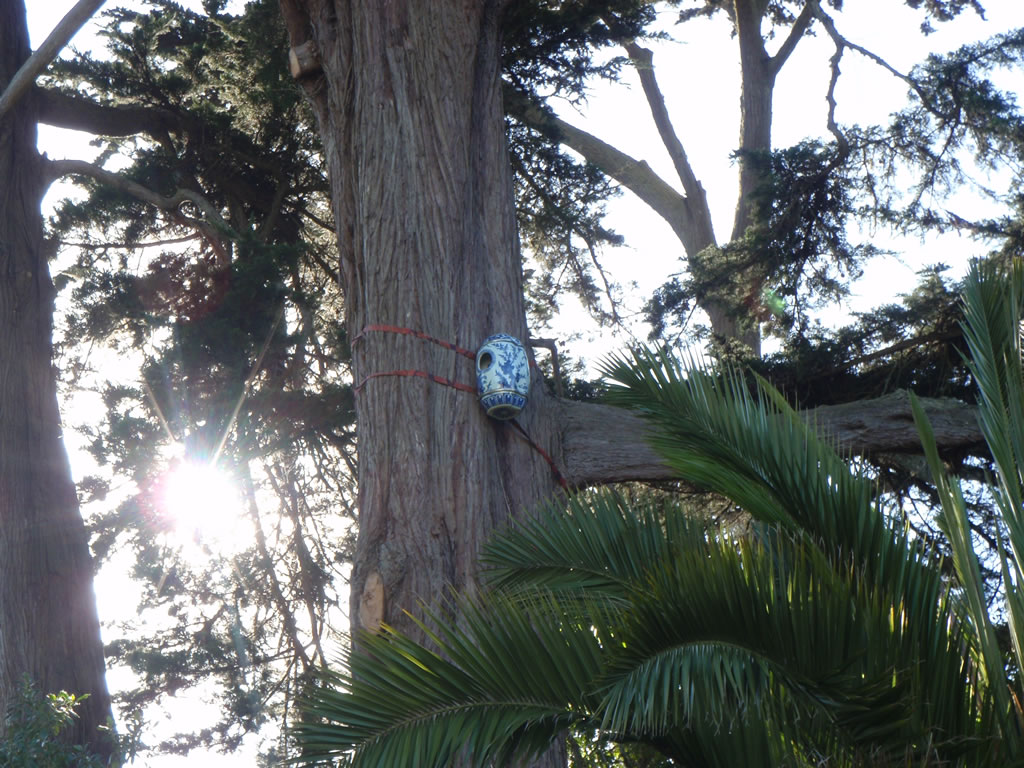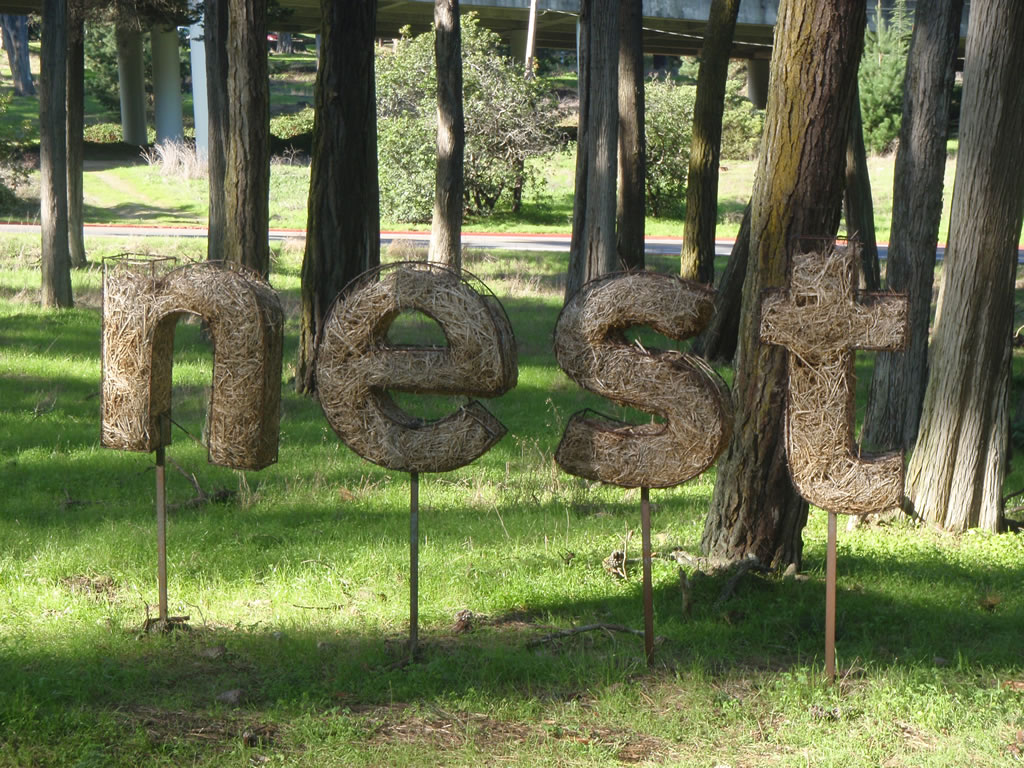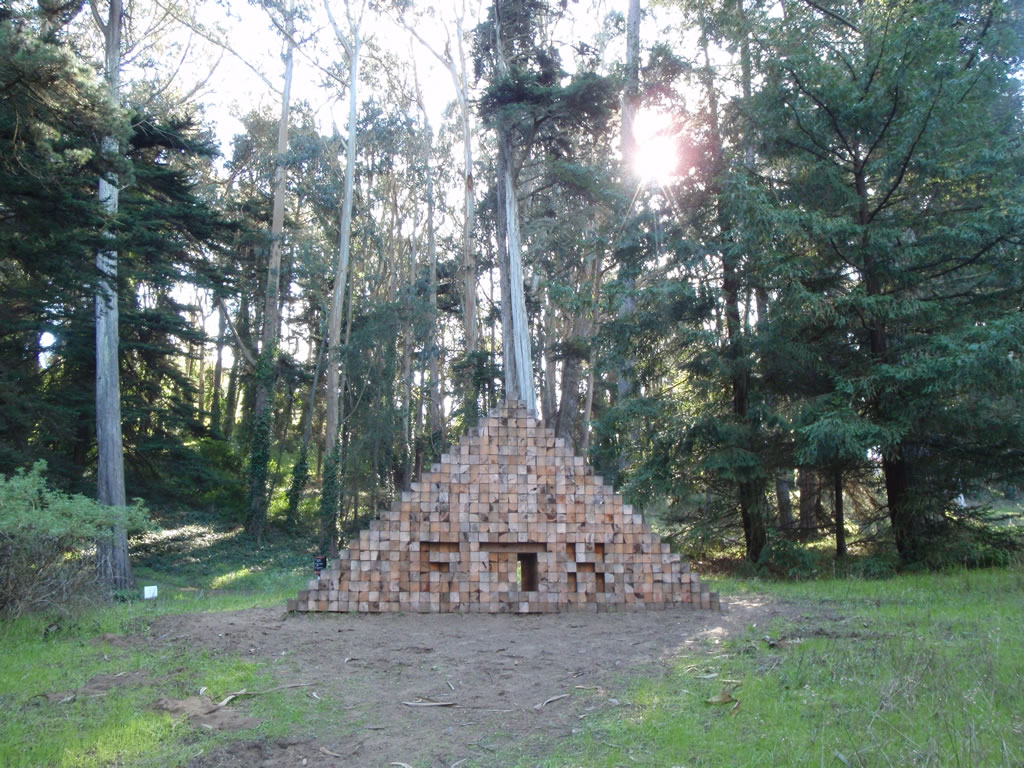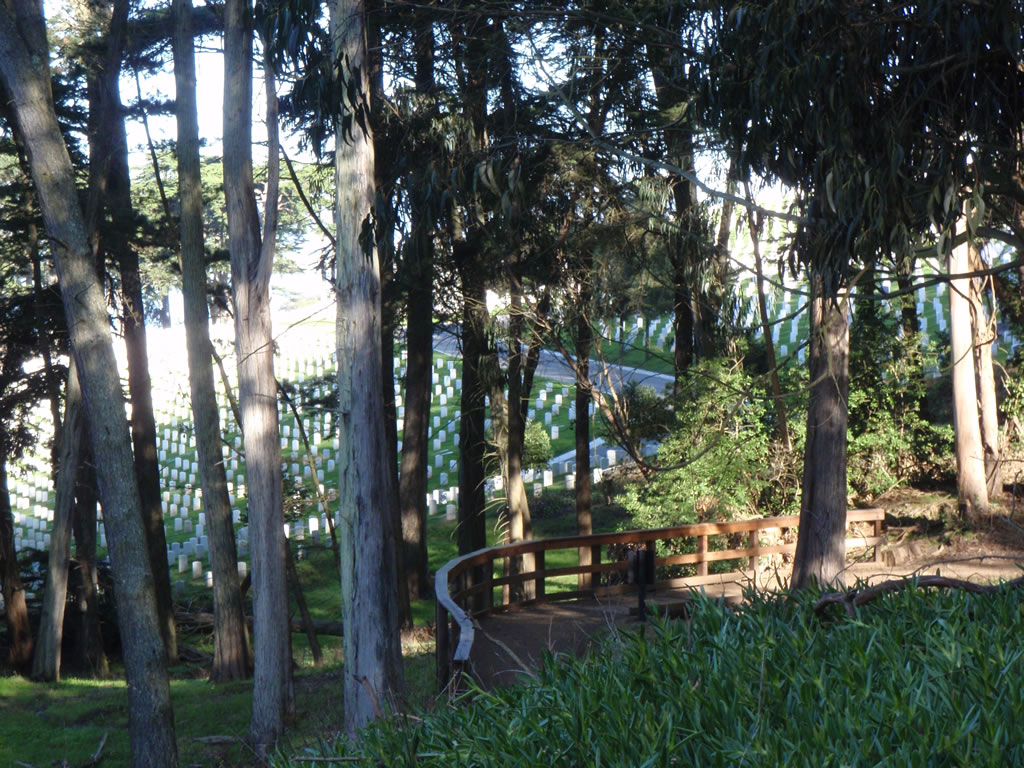Andi Sutton contributed this report on Wearable Gardens.
Bruce Charlesworth: ISEA.1
Arriving late Thursday night in Istanbul after a full day of teaching and a drive from Milwaukee to catch my connecting flight to Frankfort from O’Hare… I am jetlagged. I’m in Istanbul for the ISEA (International Society of Electronic Artists) Festival and Conference. Given that I am two days late for the festival, my account will be limited and personal. I’ve already missed much, and will miss more. Simultaneous events are scattered all over Istanbul, and navigation is tricky.
I made it to the conference in the sub-sub-basement of a financial complex, and sat through several sessions of artists and curators presenting papers. Topics included “The Body and Digital Space,” “Philosophy and Ethics of Bioart,” “Locative Sound,” “Robotics, Interactivity and Public Space.” For more information, click here and select Paper Sessions:
That evening, I groggily traveled by funicular and tram to the Sultanamet area of the Old City and went to a Turkish bathhouse to see Southern Ocean Studies by Tom Corby, Gavin Baily and Jonathan Mackenzie.
Projected on the domed entrance hall ceiling of the 427-year-old Çemberlitas Hamam, the artwork depicts the Southern Ocean circulating Antarctica. According to the artists, the project software runs in real-time generating the ocean currents on the fly, to which are mapped various other ecological data sets.
The back-and-white visualization of wind and tide evoked phenomena both small and large: lines of crawling ants and storm-tracking satellite maps. I like the idea of superimposing vortex-like imagery on a dome, and data from a cold place onto one that features heat. As with many new media works with a sociopolitical or scientific agenda, this one was more interesting to me in terms of its real-time data mapping content and symbolism than as a formal artwork. Both the intellectual and aesthetic impact of the piece might have been served by a larger, more encompassing projection in one of the huge domed hot rooms where bathers sweat on their backs while looking upward. For technical or cultural reasons, these options may not have been feasible in a traditional hamam.
I decided to have a Turkish bath.
Bruce Charlesworth is an artist, writer and filmmaker. He one of the pioneers of postmodern staged photography and among the first artists to use video and audio to power aspects of physically immersive “narrative environments.” He teaches in the Department of Film/Video/New Genres at the University of Wisconsin Peck School of the Arts in Milwaukee. He previously reported on Ars Electronica in 2009 for Public Address.
Art for Animals
Happy New Year! And thanks to Steve for the invitation to blog about art in the public sphere across the west coast during 2011. I look forward to the extended conversation.
Soil Kitchen

Soil Kitchen is a planned temporary public art project by Futurefarmers addressing issues of sustainability specific to the urban environment.
Futurefarmers is one of my favorite artist groups, and I have had the privilege of working with them on a number of projects (Free Soil Bus Tour, Sunshine Still/Speak Hard, A People Without a Voice Cannot Be Heard), so I was excited to see notice of this new project in Philadelphia, Soil Kitchen. The press release from the Office of Arts, Culture, and the Creative Economy describes the project –
“[Soil Kitchen] will incorporate community involvement, naturally generated energy, local foods, food exchange, the creative reuse of a brownfield site, and brownfield mapping. This new site-specific public artwork will provide a stage for interaction, dialogue, and education on topics of sustainability that impact every Philadelphian.”
It’s a tall order for a kitchen, but the project builds on a related history of Futurefarmers’ work that bodes well for its success. Victory Gardens – “A local network of home gardens = A community of food producers!” – was an exemplary community involvement project, which sought to at least reference if not recreate the remarkable “community” success of World War II victory gardens. It was also the occasion for the creation of the photogenic Garden Trike, which you can see referenced in the sketch above. Rainwater Harvester/Greywater Feedback Loop was a DIY system not unrelated to the rooftop windmill for naturally generated energy (presumably).
The exterior sketch of Soil Kitchen reminds me of a place like Waffle Shop in Pittsburgh, where a normative architectural facade of a restaurant belies an interior experiment in creative sociability. Inside Soil Kitchen, it’s not just dour tree huggers expounding on the chemical propertiesof this and that agent. It’s a party! For Futurefarmers’ Sunshine Still/Speak Hard project as part of Out of the Garage Into the World, they appropriated the idea of the glamorous prohibition era speakeasy but made it a “speak hard,” where hard truths – or at least assertions in an ongoing debate between solar and bio fuel energy proponents – were debated in forums well lubricated by their sunshine still.
Abiding commitment, expert knowledge/knowledge of experts, social conviviality, a formally beautiful DIY aesthetic, and an uplifting playfulness distinguish Futurefarmers’ projects. I can’t wait to taste test in the Soil Kitchen.
Sidebar rant
Kudos to Philadelphia’s Office of Arts, Culture and the Creative Economy for commissioning this project, but I can’t help but think that their press release headline “Philadelphia’s Office of Arts, Culture and the Creative Economy Commissions FUTUREFARMERS for the City’s First-Ever Temporary Public Art Project” identifies just about the least interesting and unimportant aspect of the project. What’s up with that? We produced similarly unimaginative headlines for the 01SJ Biennial, and I also plead guilty as charged. The press is fascinated, of course, by “first,” “most,” “biggest,” and various other ests, but we cater to them in our short term desire for coverage at the peril of lack of understanding and ultimately support over the long term.
